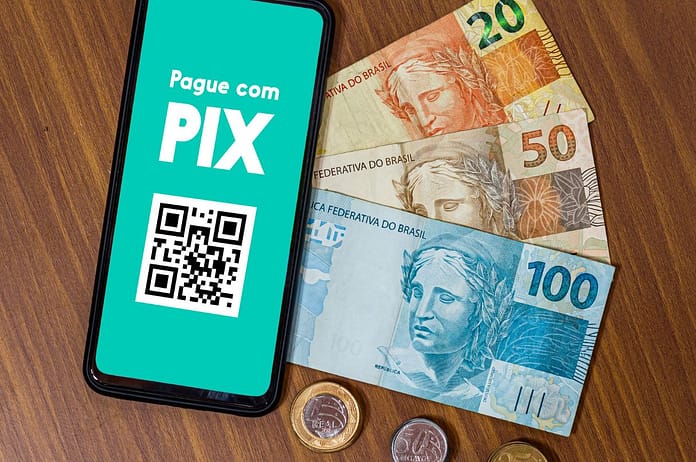Since its launch in 2020, Pix has revolutionized the Brazilian financial market, becoming the preferred payment method for millions of people. Its main advantage lies in simplicity and speed: it allows real-time transfers, 24 hours a day, without the need for a card machine or cash. Just have a bank account and a PIX key, such as CPF or phone number, to start using. This convenience has brought benefits, especially for those who receive payments, such as small merchants and freelancers, who can operate without additional costs or technical complications.
However, despite its popularity, Pix still faces challenges to become fully accessible. For those who pay, a smartphone and internet access are necessary, which can be a barrier for the elderly, people with low education, or residents of rural areas. Although the use of smartphones and internet coverage have increased significantly, the inclusion of these groups still requires efforts such as digital education campaigns and improvements in connectivity infrastructure. The implementation of solutions that enable offline transactions, using encryption and tokenization technologies, can be a way to expand access. Systems like Google Pay and Apple Pay already do this, allowing payments to be initiated without the payer's active connection, using the recipient's internet connection.
Security is also a constant concern. Since the first cases of flash kidnappings and robberies involving instant transfers, theCentral Bank reacted quickly, imposing limits on nighttime transactionsand this month, a limit of R$ 200 was introduced for new devices not yet registered as authorized in the bank's app (this will only apply to devices that were not in use before 12/01/2024). Although these measures have reduced the occurrence of crimes, they have also imposed restrictions that affect the experience of legitimate users. The search for solutions that maintain security without sacrificing usability continues to be a challenge.
Another critical point is the scams related to prepayment, where fraudsters receive the amount and disappear without delivering the promised product or service. THESpecial Return Mechanism (SDM)It was created to handle these situations, allowing refunds in proven cases of fraud. Although still little used, the MED represents an important advance, inspired by the credit card refund system, and needs to be more widely disseminated to gain users' trust.
A solution that could further transform the scenario is the adoption of intermediary payments, or "escrow". In this model, the amount would only be released to the seller after the buyer's confirmation of delivery. This would bring more security to both parties and would be especially useful in online transactions. Furthermore, the expansion of tokenization use in transactions would ensure that sensitive data is protected, even in offline environments, providing an extra layer of security.
The balance between accessibility and security is essential for the future of Pix. Solutions that integrate technologies such as biometrics, tokenization, and intermediaries can expand the system's reach without compromising user protection. Digital inclusion, in turn, is essential to reduce fraud, increase awareness, and empower more people to use Pix safely.
On the horizon, Pix still has much to offer. Contactless payments, installment plans, and automatic debit are already in development in Brazil and are already operational in similar systems abroad, such as India's UPI and Singapore's PayNow. International integration is also a possibility, with theProjeto Nexus, do Bank for International Settlements (BIS)proposing a multinational interface model to facilitate global remittances.
Pix is already an example of innovation and efficiency, but to continue leading, it needs to constantly evolve. Investing in new technologies, expanding access in less connected areas, and strengthening security are essential steps to ensure that all Brazilians can enjoy their benefits with confidence and peace of mind.


